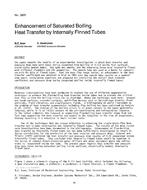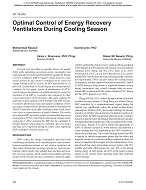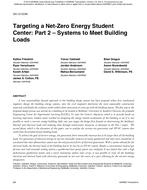A treatment plant’s primary mission is to treat sewage, not to be an energy utility. An energy complex that combines energy production and use and recovery facilities can be a great source of pride; however, this auxiliary system often ends up dictating process decisions. Proper plant design should allow sewage treatment processes and energy system operation to be optimized independently.
For Metropolitan Seattle’s Renton wastewater treatment plant (WWTP), the selected energy systems include provision of thermal energy (hot water) through plant effluent heat pumps suitable for use in five potential district heating projects, dual independent 115 kV electrical service to the plant, an energy-saving plant hydronic distribution system, and equipment for the compression, cleansing, and sale of digester gas to the local gas utility. Because of the availability of an economical source of hot water, pipeline quality gas, and plant effluent, the plant is now seen as an “amenity” to property developers and existing commercial interests as they vie to participate in its programs. Two district heating projects are now under development, and three additional district heating projects have been identified that could utilize hot water generated by plant effluent heat pumps.
Units: Dual
Citation: Symposium, ASHRAE Transactions, 1988, vol. 94, pt. 1, Dallas, TX
Product Details
- Published:
- 1988
- Number of Pages:
- 13
- File Size:
- 1 file , 1.2 MB
- Product Code(s):
- D-DA-88-04-4


